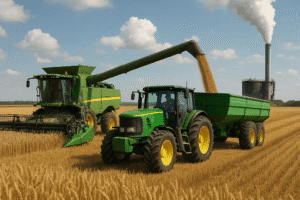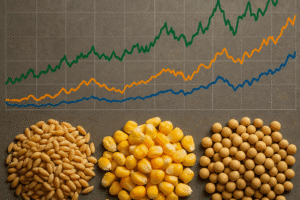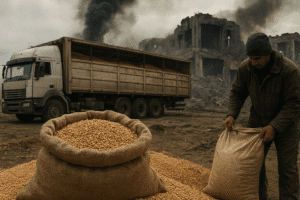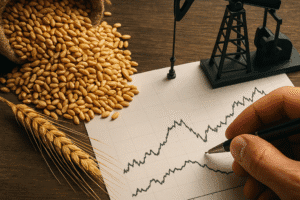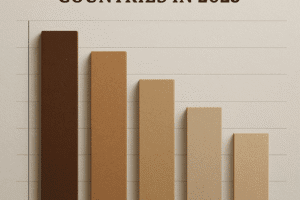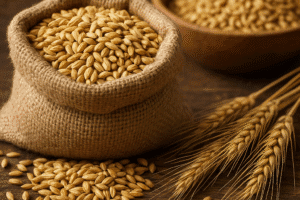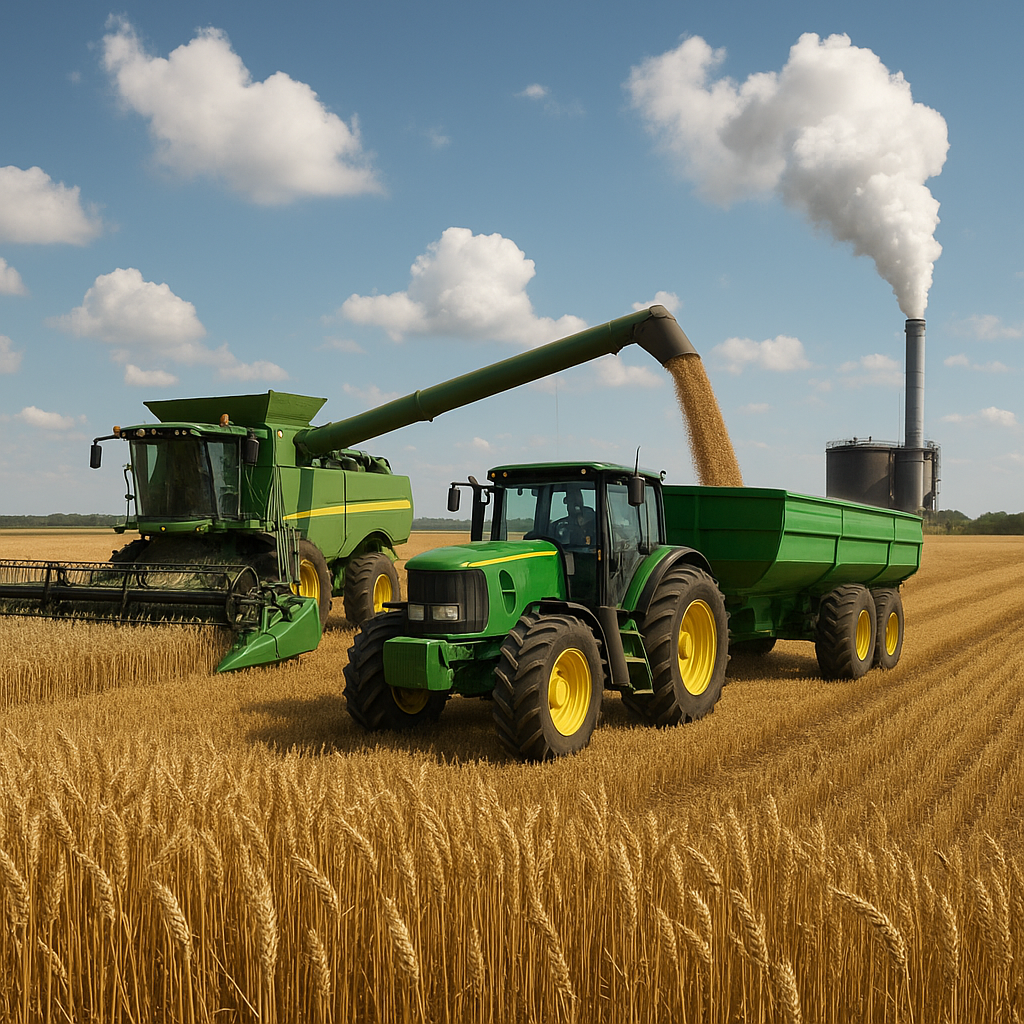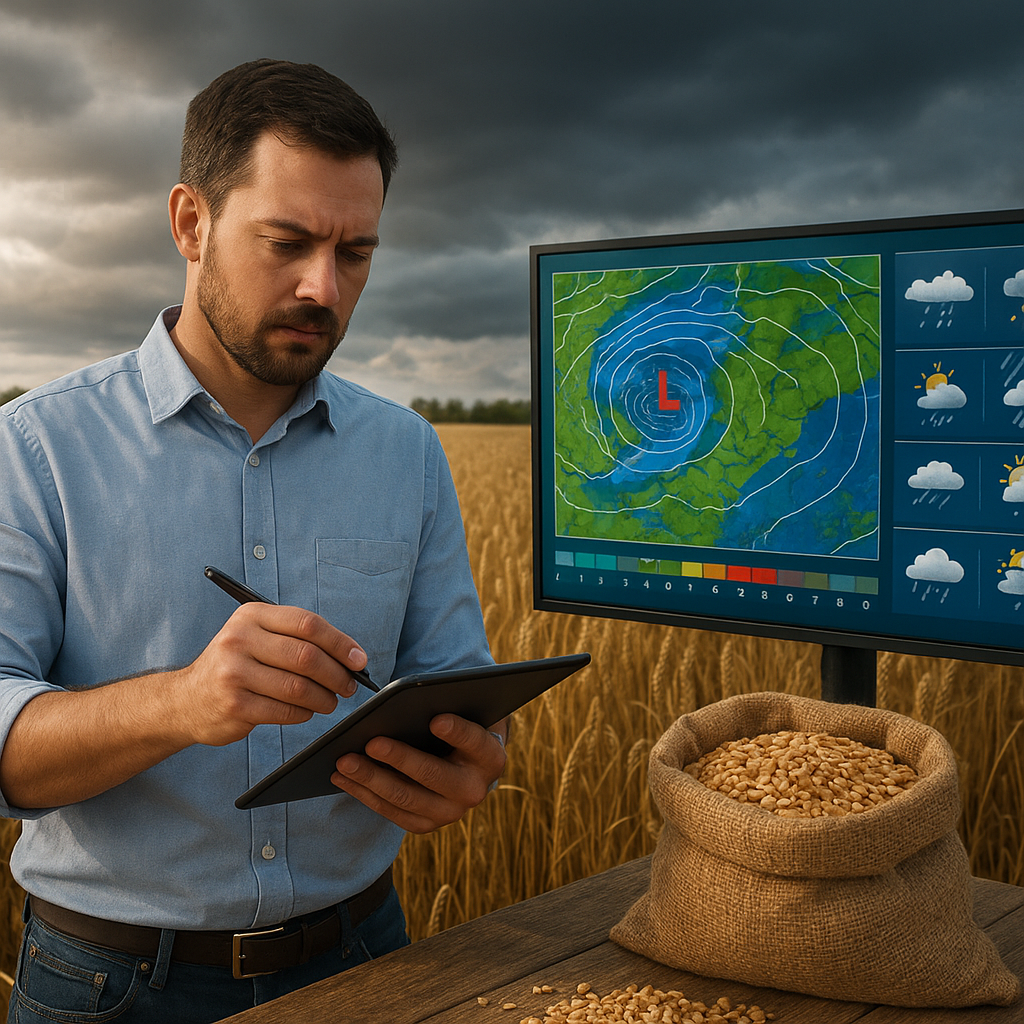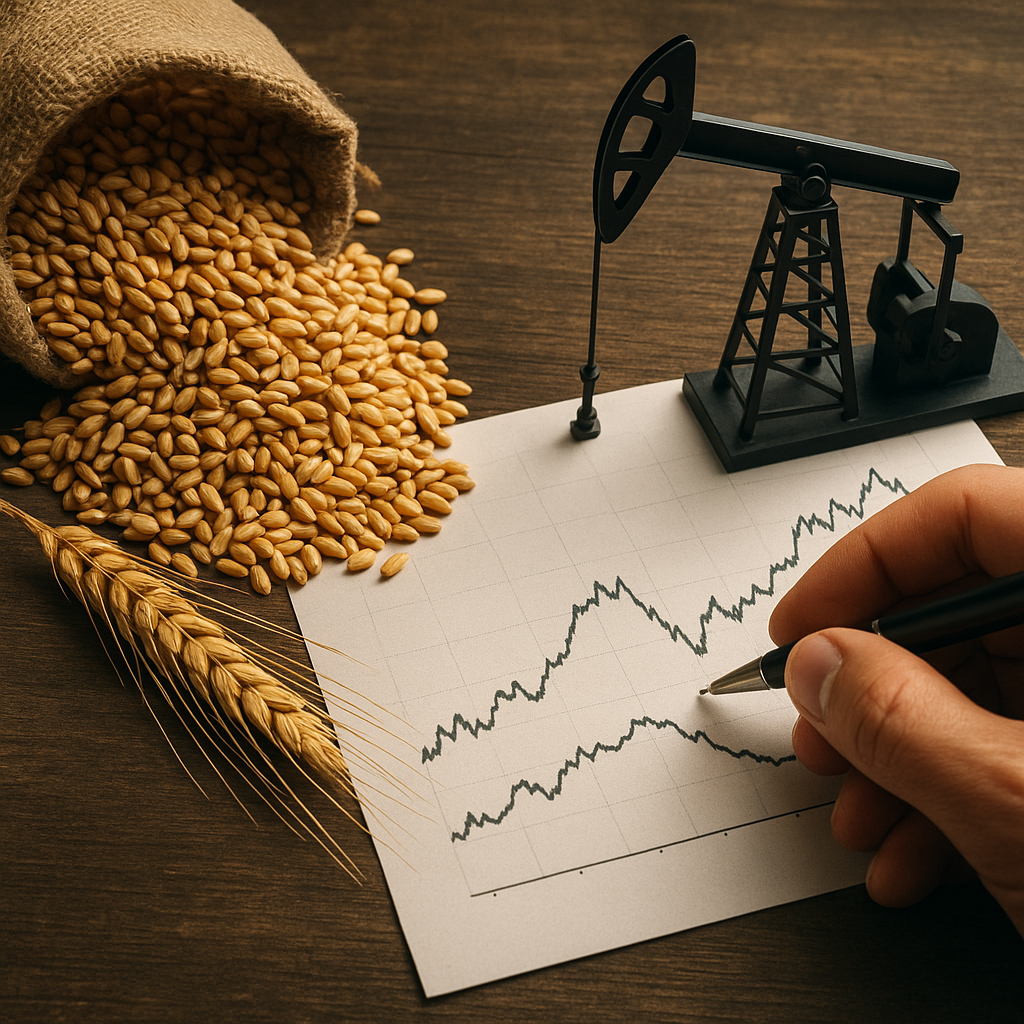The grain market is a complex and dynamic sector that plays a crucial role in the global economy, influencing food security, trade policies, and agricultural practices. As countries navigate the delicate balance between free trade and protectionism, regulations surrounding the grain market become increasingly significant. This article delves into the intricacies of grain market regulations, exploring their impact on international trade, local economies, and food production systems.
Understanding Grain Market Regulations
Grain market regulations encompass a wide range of policies and practices that govern the production, distribution, and trade of grains such as wheat, corn, rice, and barley. These regulations are designed to ensure fair competition, protect domestic industries, and maintain food security. They can vary significantly from one country to another, influenced by factors such as economic conditions, agricultural practices, and political agendas.
At the core of grain market regulations are two opposing philosophies: free trade and protectionism. Free trade advocates argue that reducing barriers to trade fosters competition, drives innovation, and ultimately benefits consumers through lower prices and greater variety. On the other hand, protectionism seeks to shield domestic producers from foreign competition, arguing that it is essential for maintaining local jobs, supporting rural economies, and ensuring food sovereignty.
The Role of Free Trade in the Grain Market
Free trade agreements (FTAs) have become a cornerstone of international grain trade, facilitating the exchange of agricultural products across borders. These agreements often eliminate tariffs and quotas, allowing countries to specialize in the production of certain grains based on their comparative advantages. For instance, countries with favorable climates and soil conditions may focus on producing specific grains, while others may import these products to meet domestic demand.
One of the most significant benefits of free trade in the grain market is the increased efficiency it brings to global food production. By allowing countries to trade freely, resources can be allocated more effectively, leading to higher yields and lower prices for consumers. Additionally, free trade can enhance food security by diversifying sources of grain supply, reducing dependence on domestic production, and mitigating the impact of local crop failures.
- Increased Competition: Free trade encourages competition among producers, leading to innovation and improved agricultural practices.
- Lower Prices: Consumers benefit from lower prices as a result of increased supply and competition in the market.
- Diversification of Supply: Free trade allows countries to access a wider variety of grains, enhancing food security.
The Case for Protectionism
Despite the advantages of free trade, many countries adopt protectionist measures to safeguard their domestic grain industries. These measures can take various forms, including tariffs, import quotas, and subsidies for local farmers. Proponents of protectionism argue that these policies are necessary to protect local jobs, support rural economies, and ensure a stable food supply.
Protectionist policies can also serve as a buffer against volatile global markets. For instance, during times of crisis, such as natural disasters or geopolitical tensions, countries may restrict grain exports to ensure that their domestic populations have access to sufficient food supplies. This approach can help stabilize local markets and prevent price spikes that could lead to food insecurity.
- Job Protection: Protectionist measures can help preserve jobs in the agricultural sector by limiting foreign competition.
- Support for Local Farmers: Subsidies and tariffs can provide financial support to local farmers, enabling them to compete more effectively.
- Food Security: By prioritizing domestic production, countries can enhance their food security and reduce reliance on imports.
The Impact of Regulations on Global Trade
The interplay between free trade and protectionism in the grain market has significant implications for global trade dynamics. Countries that embrace free trade often find themselves at odds with those that prioritize protectionist policies, leading to tensions and disputes in international trade relations. These conflicts can manifest in various ways, including trade wars, retaliatory tariffs, and negotiations over trade agreements.
For example, the United States and China have engaged in a series of trade disputes that have affected the grain market. Tariffs imposed on agricultural products have disrupted supply chains, leading to increased prices and uncertainty for farmers and consumers alike. Such conflicts highlight the fragility of the global grain market and the need for effective regulations that balance the interests of free trade and protectionism.
Regulatory Frameworks and Their Challenges
Establishing effective regulatory frameworks for the grain market is a complex task that requires careful consideration of various factors. Policymakers must navigate the competing interests of domestic producers, consumers, and international trade partners while addressing issues such as food safety, environmental sustainability, and economic stability.
One of the primary challenges in regulating the grain market is ensuring compliance with international trade agreements. Countries must adhere to the rules set forth by organizations such as the World Trade Organization (WTO), which aims to promote fair trade practices and reduce barriers to trade. However, differing interpretations of these rules can lead to disputes and tensions between nations.
- Compliance with International Standards: Countries must align their regulations with international trade agreements to avoid disputes.
- Balancing Interests: Policymakers must consider the needs of various stakeholders, including farmers, consumers, and exporters.
- Addressing Environmental Concerns: Regulations must also take into account the environmental impact of grain production and trade.
The Future of Grain Market Regulations
As the global grain market continues to evolve, the regulatory landscape will likely undergo significant changes. Factors such as climate change, technological advancements, and shifting consumer preferences will shape the future of grain production and trade. Policymakers will need to adapt their regulations to address these emerging challenges while balancing the interests of free trade and protectionism.
One potential area of focus for future regulations is sustainability. As concerns about climate change and environmental degradation grow, there is an increasing demand for sustainable agricultural practices. Regulations that promote environmentally friendly farming methods, reduce greenhouse gas emissions, and encourage responsible land use will be essential for ensuring the long-term viability of the grain market.
- Sustainable Practices: Future regulations may prioritize sustainable farming methods to address environmental concerns.
- Technological Innovation: Embracing technology can enhance productivity and efficiency in grain production.
- Consumer Preferences: Regulations may need to adapt to changing consumer demands for organic and locally sourced products.
Conclusion
The grain market is a vital component of the global economy, and the regulations governing it play a crucial role in shaping trade dynamics, food security, and agricultural practices. As countries grapple with the balance between free trade and protectionism, the need for effective regulatory frameworks becomes increasingly apparent. By understanding the complexities of grain market regulations and their impact on various stakeholders, policymakers can work towards creating a more equitable and sustainable grain market for the future.
